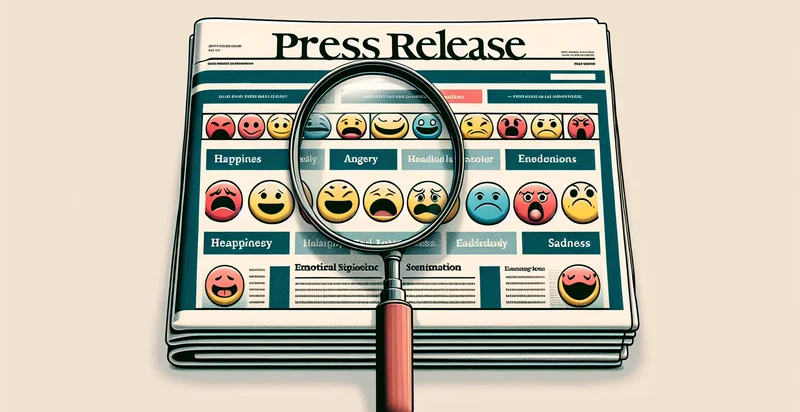Identify language of press release
using AI
Below is a free classifier to identify language of press release. Just input your text, and our AI will predict the sentiment of the press release - in just seconds.

Contact us for API access
Or, use Nyckel to build highly-accurate custom classifiers in just minutes. No PhD required.
Get started
import nyckel
credentials = nyckel.Credentials("YOUR_CLIENT_ID", "YOUR_CLIENT_SECRET")
nyckel.invoke("language-of-press-release", "your_text_here", credentials)
fetch('https://www.nyckel.com/v1/functions/language-of-press-release/invoke', {
method: 'POST',
headers: {
'Authorization': 'Bearer ' + 'YOUR_BEARER_TOKEN',
'Content-Type': 'application/json',
},
body: JSON.stringify(
{"data": "your_text_here"}
)
})
.then(response => response.json())
.then(data => console.log(data));
curl -X POST \
-H "Content-Type: application/json" \
-H "Authorization: Bearer YOUR_BEARER_TOKEN" \
-d '{"data": "your_text_here"}' \
https://www.nyckel.com/v1/functions/language-of-press-release/invoke
How this classifier works
To start, input the text that you'd like analyzed. Our AI tool will then predict the sentiment of the press release.
This pretrained text model uses a Nyckel-created dataset and has 31 labels, including Arabic, Bengali, Bulgarian, Czech, Danish, Dutch, English, Filipino, Finnish and French.
We'll also show a confidence score (the higher the number, the more confident the AI model is around the sentiment of the press release).
Whether you're just curious or building language of press release detection into your application, we hope our classifier proves helpful.
Related Classifiers
Need to identify language of press release at scale?
Get API or Zapier access to this classifier for free. It's perfect for:
- Market Segmentation: Businesses can utilize the language of press releases to identify which market segments are being targeted. By analyzing the linguistic style and complexity, companies can tailor their marketing strategies to resonate better with specific audiences.
- Brand Image Monitoring: Organizations can track the language used in their own press releases and those of competitors to maintain their brand image. By identifying shifts in tone or messaging, companies can adapt their communication strategies to stay aligned with their branding goals.
- Regulatory Compliance Review: Companies in heavily regulated industries can deploy the language identifier to ensure that all press releases meet specific language standards and legal requirements. This helps mitigate risks associated with miscommunication or non-compliance with industry regulations.
- Crisis Management: In times of crisis, the language of press releases can be closely monitored to gauge public reaction and sentiment. By understanding the tone and language used, firms can adjust their communication strategies promptly to address concerns and restore trust.
- Investor Relations: For publicly traded companies, the language used in press releases can significantly impact stock prices and investor confidence. By analyzing press release language, firms can craft messages that promote transparency and positivity to enhance investor relations.
- Public Perception Analysis: Companies can analyze press releases from various organizations to assess public perception and sentiment towards specific issues or events. This information can help businesses understand market dynamics and adjust their public relations efforts accordingly.
- Content Strategy Development: Marketers can use the language of press releases to guide their content creation strategies. By identifying trends in language and messaging, businesses can produce relevant and engaging content that aligns with current market interests and consumer preferences.


